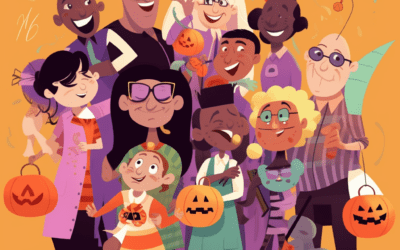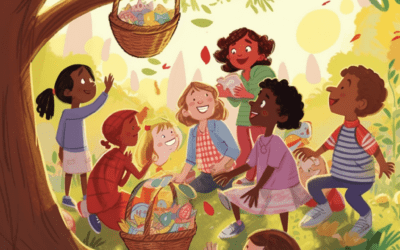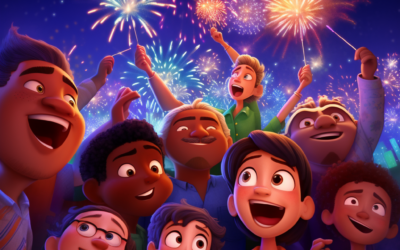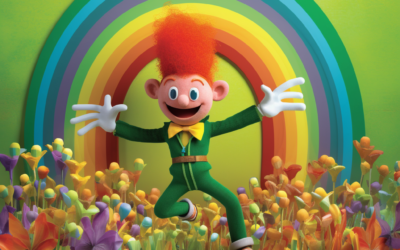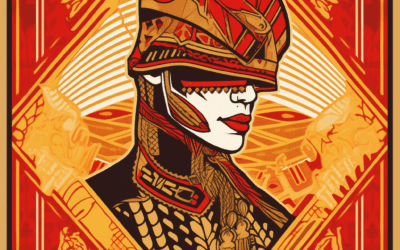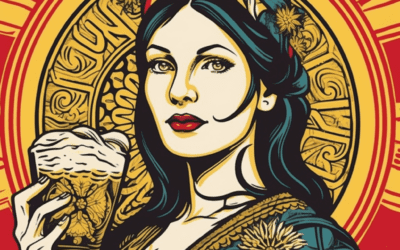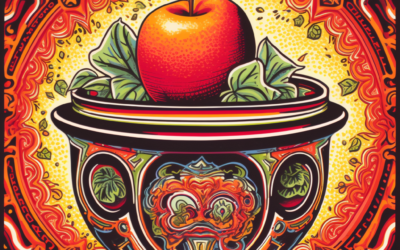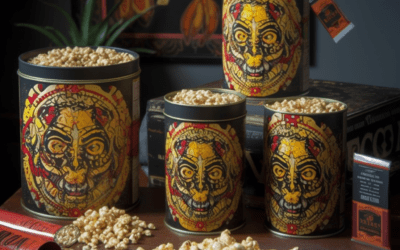The Transformation of Halloween: From Pagan Festival to Commercial Holiday
Introduction
Halloween, a widely celebrated holiday in many countries, has a fascinating history that dates back thousands of years. This article explores the transformation of Halloween from its pagan roots to the commercial holiday it is today.
The Origins of Halloween
Halloween finds its origins in the ancient Celtic festival called Samhain, which marked the end of the harvest season and the beginning of winter. Samhain was believed to be a time when the boundary between the living and the dead was blurred, allowing spirits to roam the earth. People engaged in rituals to appease these spirits and protect themselves from harm.
The Influence of Christianity
With the spread of Christianity, the Church attempted to integrate pagan festivals into Christian celebrations to ease the conversion process. In the 9th century, Pope Gregory IV designated November 1st as All Saints’ Day, also known as All Hallows’ Day. The eve of this holy day became known as All Hallows’ Eve, later shortened to Halloween.
Folklore and Superstitions
During the Middle Ages, Halloween was filled with folklore and superstitions. Many believed that on Halloween night, witches and other supernatural beings were at their most powerful. People would light bonfires and wear costumes to ward off these evil spirits. It was also believed that the spirits of the dead would revisit their homes during Halloween.
Immigration to America
Halloween as we know it today began to take shape with the arrival of Irish and Scottish immigrants in North America during the 19th century. These immigrants brought with them their Halloween traditions, including the practice of carving turnips into jack-o’-lanterns. Over time, pumpkins became the more popular choice for carving due to their abundance in North America.
The Rise of Commercialization
The commercialization of Halloween began to take hold in the early 20th century. The first mass-produced Halloween costumes and decorations became available, making it easier for people to participate in the festivities. In the 1950s and 1960s, trick-or-treating became a popular activity for children, further driving the commercial aspect of the holiday.
Halloween Today
Today, Halloween has become a highly commercialized holiday, with billions of dollars being spent on costumes, decorations, and candy. Retailers offer a wide range of products and elaborate displays, creating a festive atmosphere in stores and neighborhoods. Halloween-themed parties, haunted houses, and parades have also become popular forms of entertainment during this holiday.
Conclusion
The transformation of Halloween from a pagan festival to a commercial holiday showcases the rich history and evolution of this beloved celebration. While its roots lie in ancient rituals and beliefs, Halloween has evolved over time to become a fun-filled holiday enjoyed by people of all ages. Embracing both its historical significance and modern commercial aspects, Halloween continues to captivate and delight millions around the world.



